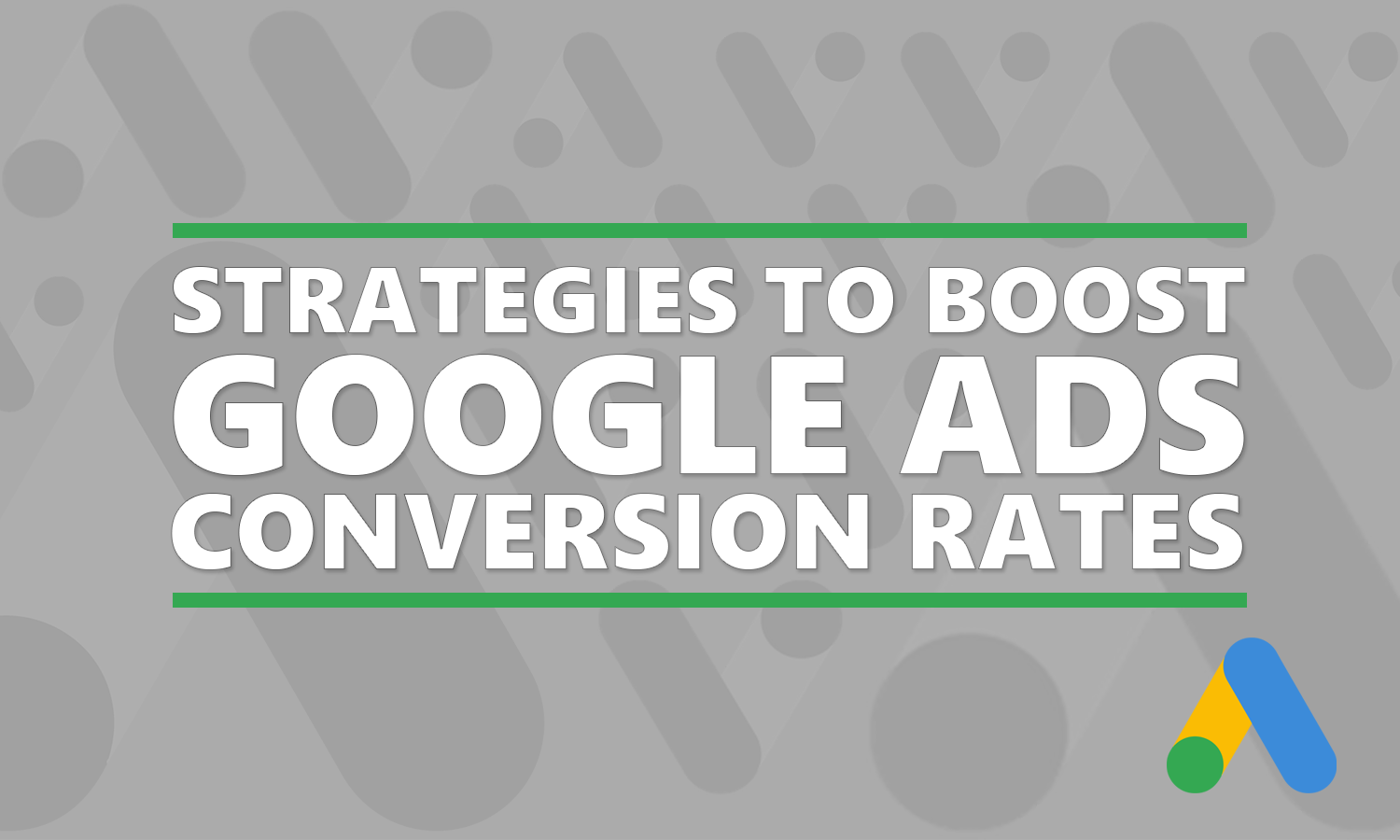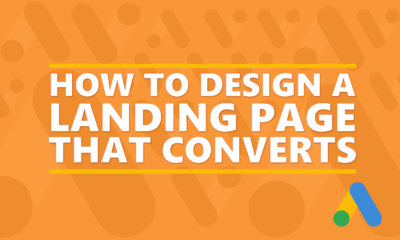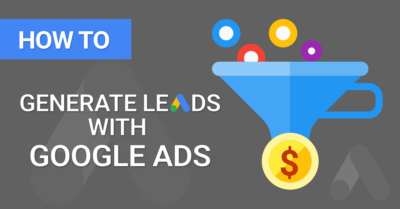Every second of every day, Google receives over 63,000 searches. That means over the course of a day, 5.6 billion searches take place. That’s a tremendous amount of potential traffic.
Marketers know the value of that traffic, and they spend a lot of time and effort building Google ad campaigns to try to snag some of it. If you have a business that’s online, you can effectively use the ad platform to reach new and existing customers. To do that successfully, you must create ads that convert. Here are five steps you can take now to increase your conversion rate and make your Google ads more successful.
Create With Conversion In Mind
When you create an ad, your ultimate goal is not simply to have someone click the ad and go to your website. Your ultimate goal is to convert that click into a buying customer, newsletter sign-up, or some similar action. This is called a conversion.
To make your ad successful, you must create it with conversion in mind. Does the message of the ad encourage someone to take action? Does it create a feeling of need in the reader? These kinds of questions will help you create compelling ad copy that converts.
The best way to create with conversion in mind is to create from the end goal forward. Neil Patel calls this “Reverse engineering the path of purchase.” Consider your desired end result for every person who sees your ad, then choose your keywords, write the copy, and customize the landing page all in light of that goal.
A few additional strategies that can help include:
Consider giving readers just one choice. Too many decisions can create few conversions
Consider offering discounts. Helping people save money on products/services can help…duh!
Consider customers at different stages of the buying process, and create ads for each.
Here is an example:
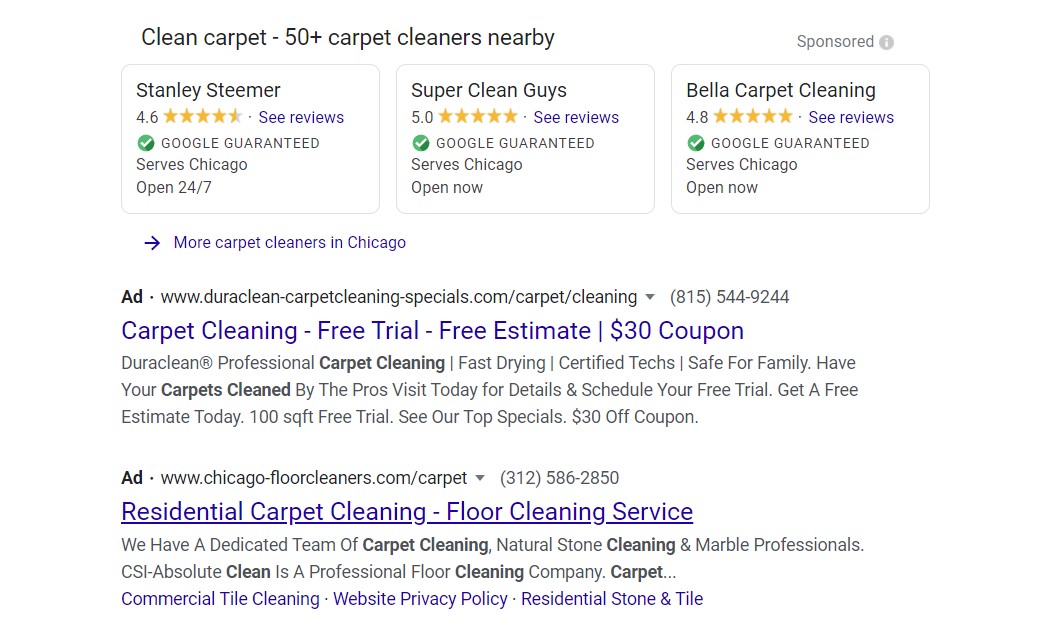
Of the two longer ads, the top one offers a $30 coupon. If you were choosing between two, which would you click? Likely the one with the discount. The marketer who created this ad did so with conversion in mind.
Remember, your ad is only successful if it converts, so start the creative process with conversion in mind.
Test All Landing Pages
Ads lead to landing pages. Your landing pages are an important part of the conversion process. They must do their part if your ad copy is going to convert.
Landing pages are made up of copy and design. Both can factor into whether they are effective. Knowing what will work and what will not with your various audiences is sometimes tricky, so you need to do a little testing.
Split testing is the best way to find the best landing page design and copy. Set up two landing pages, and run tests with your ad copy. Identify which landing page has the best conversion rate. Then, make some tweaks and run the test again. You will get valuable insight by doing testing to determine which landing page elements and design have the best conversion rate. Sometimes, something as simple as the font used or the color on the CTA.
Make Landing Pages And Ad Copy Match
The landing page design and content are important, but it also must match the ad copy. You know that it’s ineffective to create an ad for a new cat bed, only to send the customer to a page selling organic peanut butter, but often the disconnect is more subtle.
Even if the ad and landing page are talking about the same product or service, they still have to match the offer. If your ad is promising a $5 discount for purchasing your product, and the person ends up on a landing page marketing a free newsletter sign-up, you won’t see conversions.
The landing page needs to lead to the coupon. If you want to use it for a newsletter sign up, then ask for the email to send the coupon, with the newsletter sign-up as part of the deal, but keep the coupon front and center. If you don’t, your readers will be confused and will click away, because they came looking for one item and were offered something else.
Focus On The Customer
In your ad copy, don’t make the mistake of focusing on what you want. “Sign up now!” is an ad slogan that will fall flat. Yes, it tells the reader what to do, but it doesn’t provide any incentive.
Throughout the crafting of your copy, focus on your customer. What do they need to see or hear? The answer to that will depend on the stage in the buying journey you are targeting.
If your goal is to increase brand awareness, for example, to customers who have never heard of you, then you need to include your name in the copy. If your goal is to entice someone to make a purchase, then you need to include a description of what your product or service will do. If you’re looking for someone to sign up for a membership or newsletter, add an incentive, like a discount, that they will get if they do. Make your ad customer-focused, and it will have a better chance of converting.
Use Social Proof To Make Ads More Powerful
Finally, leverage the power of your reviews and ratings to add social proof to your ads. What does this mean? If you have a product or service that gets rave reviews, add the star rating to your ad.
Take a look at this image
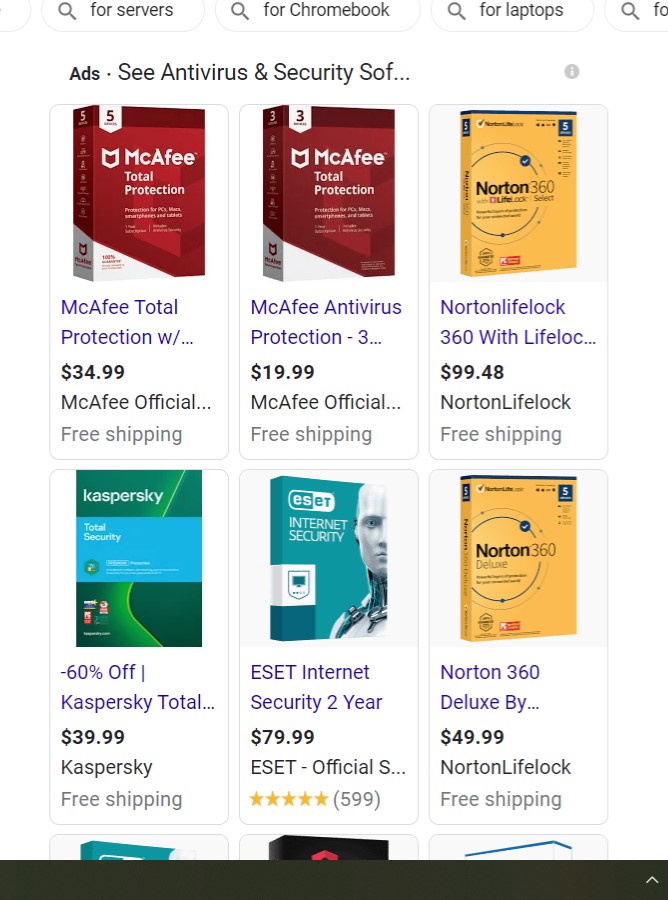
With all six of the products having a similar look, and sometimes the same product listed, which one are you more likely to click on? The site with the five-star reviews selling EST Internet Security looks more legitimate and appealing, and it likely converts more than the others.
You’ve worked hard for your reviews, so put them to work for you in your ads.
Are you getting the ad conversions you need to bring a high ROI on your ad campaigns? If something is missing, go through these steps, and start making your ads more successful as you drive up your income through effective advertising.

